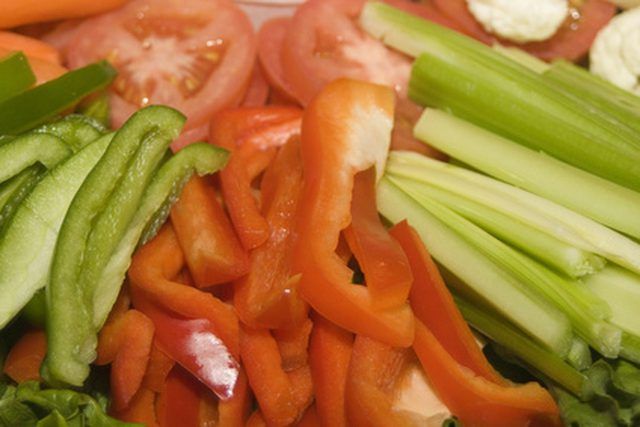Bulbs
Flower Basics
Flower Beds & Specialty Gardens
Flower Garden
Garden Furniture
Garden Gnomes
Garden Seeds
Garden Sheds
Garden Statues
Garden Tools & Supplies
Gardening Basics
Green & Organic
Groundcovers & Vines
Growing Annuals
Growing Basil
Growing Beans
Growing Berries
Growing Blueberries
Growing Cactus
Growing Corn
Growing Cotton
Growing Edibles
Growing Flowers
Growing Garlic
Growing Grapes
Growing Grass
Growing Herbs
Growing Jasmine
Growing Mint
Growing Mushrooms
Orchids
Growing Peanuts
Growing Perennials
Growing Plants
Growing Rosemary
Growing Roses
Growing Strawberries
Growing Sunflowers
Growing Thyme
Growing Tomatoes
Growing Tulips
Growing Vegetables
Herb Basics
Herb Garden
Indoor Growing
Landscaping Basics
Landscaping Patios
Landscaping Plants
Landscaping Shrubs
Landscaping Trees
Landscaping Walks & Pathways
Lawn Basics
Lawn Maintenance
Lawn Mowers
Lawn Ornaments
Lawn Planting
Lawn Tools
Outdoor Growing
Overall Landscape Planning
Pests, Weeds & Problems
Plant Basics
Rock Garden
Rose Garden
Shrubs
Soil
Specialty Gardens
Trees
Vegetable Garden
Yard Maintenance
Growing Vegetables in Nevada
Growing Vegetables in Nevada. Growing a vegetable garden in Nevada is a challenge best met with careful planning. You will need to know which vegetables grow best in high levels of sunlight and low humidity. Warm season vegetables like tomatoes, squash, cucumbers, melons and pole beans grow well in Nevada, provided they get adequate moisture to...

Growing a vegetable garden in Nevada is a challenge best met with careful planning. You will need to know which vegetables grow best in high levels of sunlight and low humidity. Warm season vegetables like tomatoes, squash, cucumbers, melons and pole beans grow well in Nevada, provided they get adequate moisture to prevent blossoms and leaves from scorching and fruit from cracking. Cool season vegetables like lettuce, spinach, carrots, radishes and potatoes require proper timing to reach maturity before summer heat sets in. As with any type of gardening, preparation begins with the soil.
Things You'll Need
Shovel or tilling machine
Rake
Organic garden soil
Composted horse manure
Water
Shredded newspaper or mulch
All-purpose granular fertilizer
Plan your garden on paper. Read the seed packets and determine how much space you need for each type of vegetable, along with how much of each vegetable you and your family want to eat, freeze, can, or otherwise preserve.
Cultivate the planting area with a tilling machine or shovel to a depth of 12 inches. Remove rocks, stones, and existing vegetation as you go. Nevada's soil is sandy and drains well, but needs additional organic matter and plenty of fertilizer. Amend poor soil with equal parts organic soil and composted horse manure. Don't use cattle manure in Nevada, as it contains too much salt.
Plant cool season vegetables like carrots, radishes, peas, and beans starting in mid-February. Plant a second crop in mid August to take advantage of Nevada's long growing season.
Plant warm-season vegetables like tomatoes, peppers, pole beans, squash, melons and cucumbers in March. These vine vegetables grow large leaves that will shade developing crops from extreme heat that can scorch or crack them. Plant them between rows of corn for additional midday shade.
Water frequently and deeply. Put down a 2-inch layer of mulch or a thin layer of shredded newspaper to hold moisture in the soil between waterings. Nevada's sun can crack and split developing tomatoes, cucumbers and melons, so maintain steady moisture to avoid spoilage.
Fertilize once a month during the growing season with all-purpose granular fertilizer, except when plants are flowering or fruit is ripening. Follow package directions for the correct proportion according to the square footage of your garden.
Tips & Warnings
Mulching can also keep soils cooler during the intense heat of Nevada summers.
More fertilizer does not always equal more vegetables. Too much will cause more foliage and a smaller yield.